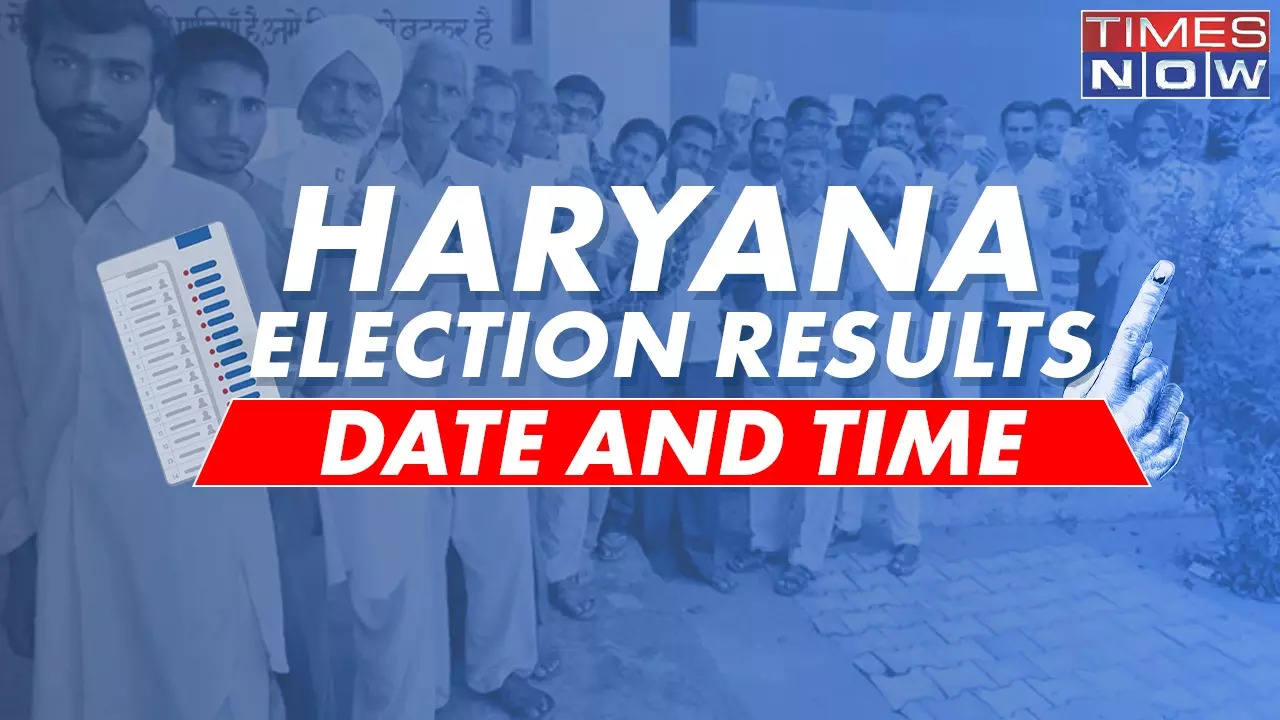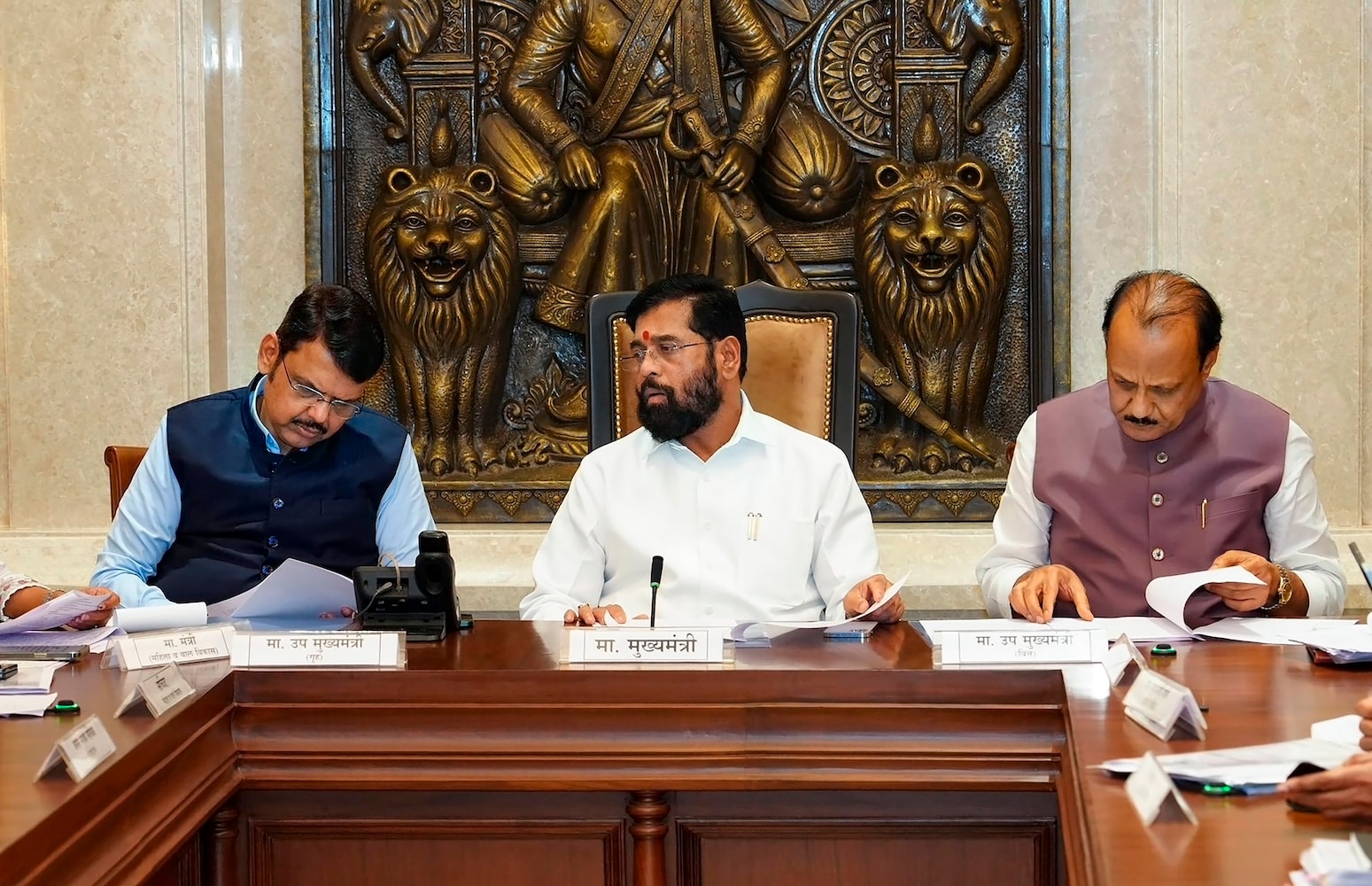
In every humanitarian crisis created out of natural disasters, people come forward to help those who need support for life and livelihood. This is a global trend and Bangladesh is no exception to that. Dr Hanna Zagefka and her team of researchers at Royal Holloway, University of London, have revealed that one reason that natural disasters switch on the altruism button within us is our perception that the affected populations are somehow less to blame for their circumstances.
Besides, most studies show that helping others makes us happier and ultimately leads us to give more. The sacrifice of Abu Sayed in the July-August uprising boosted people's level of empathy, especially during the flood, which occurred just after the victory of August 5. People from all walks of life and every corner of the country tried to rush to the affected zone with whatever they had.

This positive state of emotion could have been guided professionally. As a disaster-prone country, government and non-governmental organisations in Bangladesh have had significant disaster response experiences over the past 54 years. But were we able to cash the "positive emotions" of people with our experience? In response to students' call for " gono-traan ," people from different parts of the capital rushed to Dhaka University with relief as per their capacity and abilities.
Even persons with disabilities living in the street and rickshaw pullers responded to the call. I couldn't control my tears when they said, "We are happy to be a part of this. For decades we have been searching for this real Bangladesh.
" Students of various institutions also collected funds from busy intersections and mosques. People donated generously—cash, basic medicines, dry food, clothes, sanitary napkins, water, life jackets, and even unnecessary things that could not be used. Although there are several disaster management departments and institutions, nobody advised people about what should be donated.
Within a few days, the games room, the TSC cafeteria, the gymnasium, and rooms in the social science faculty filled up with relief goods. Collections versus distribution Last week, a friend of mine visited the campus and shared photos of piled-up undistributed relief materials on his Facebook page. He advocated for quick disposal of these materials and wrote, "The students are very good at participating in movements, moving forward fearlessly, and have also shown their skill in collecting donations during calamities.
But transporting them to flood-affected areas, and distributing them requires another kind of expertise and logistical support. That task will not be easy for them. So, it would be good to give the remaining materials to a well-reputed NGO or Red Crescent, working in the flood-affected area.
The relief can be divided and given to several organisations." In an ideal situation, the collections could have been sent to the affected upazila administrations for distribution. They have an established system of distribution guided by Standing Orders on Disaster (SoD).
Over the years, the country has managed to establish this comprehensive disaster management framework. SoD was initially introduced in 1997 and has undergone several revisions, with the most recent update occurring in 2019. The framework establishes a clear command and control structure, ensuring a well-defined line of authority from the central government down to local entities.
With the help of the union disaster management committees, the respective Union Nirbahi Officers could have distributed the received goods as per the list of the affected people. In the past upazila and district administrations came forward proactively and took control of relief distribution to avoid duplication and reach the marginalised communities in the remotest areas. But unlike other times, on August 24, the administration did not do its best or they hesitated to perform their duties.
Until recently, the administration functioned under a political boss and somewhat within a bureaucratic chain of command. For the first time in the history of Bangladesh, local civil administration could have set an example by conducting relief and rescue management operations in the absence of a politically biased authority. In the past, they had to think twice before making a decision.
They would have to wait for the confirmation of the local MP. Sometimes, MPs or their cronies would communicate " uporer nirdesh " or the instructions of a higher authority. Government circulars, cabinet calls or letters would be issued.
Moreover, they had to remain busy with the protocol of VIPs visiting the affected areas. This time they could have planned professionally and guided the youths to deliver the relief materials, where needed. Coordination was needed not only for distribution but also for ensuring the security of new aid workers arriving from outside.
The names and contact details of these aid workers, who went to the affected districts, should have been recorded at the district level or the upazila relief coordination centres, which the government prefers to call the control room. Many youth groups and individuals faced fatal accidents and confronted unpleasant situations in trying to distribute relief. In some cases, the army had to intervene to rescue the new aid workers.
Another type of coordination failure also took place this time. In the past, the Bangladesh Red Crescent Society played a strong role in relief distribution and rehabilitation through its district Red Crescent committees. Sadly, these committees too have fallen silent under the clutches of politicisation.
Almost all the committee members, being from the ousted political party, went into hiding this time. In addition to that coordination system at NGO level also got impacted. NGOs have developed their own institutions for coordination, which have been functioning long before the establishment of the NGO Bureau.
Without respecting the present practice, the NGO Bureau, on August 28, issued a letter nominating NGO representatives in "regional coordination centers" for combating the flood situation. This letter created confusion in the existing, clear coordination system of NGOs. The remaining thread of the coordination system is the union parishads.
Though some UP chairmen and members are also on the run, almost all the women representatives are still in their respective localities. Instead of disbanding the union parishads now, they should have been entrusted with the relief coordination at the field level. What should be done? The union committees should be reconstituted and young people from Girl Guides, Scouts, Bangladesh National Cadets Corps, etc should be included as full members in the union disaster management committees.
A circular from the interim government will be enough to do this. Needless to say, there are no posts for youths in disaster management committees at district, upazila or union level, though they play a vital role in rescue and relief operations. Upazila committees should also be formed with the representatives of the reconstituted union committees.
There too the youth should be made full members constituting one-third of the total number of members. If we want to build a discrimination-free Bangladesh, we have to move forward by implementing a proper system and putting the right persons in the right places, while making them accountable to the people. If our target is right, we will surely create the land that Abu Sayed, Snigdho, Fayyaz and all the others, who sacrificed their life for democracy, dreamt of.
Gawher Nayeem Wahra is a researcher and writer. He can be reached at [email protected] . Views expressed in this article are the author's own.
Follow The Daily Star Opinion on Facebook for the latest opinions, commentaries and analyses by experts and professionals. To contribute your article or letter to The Daily Star Opinion, see our guidelines for submission ..














